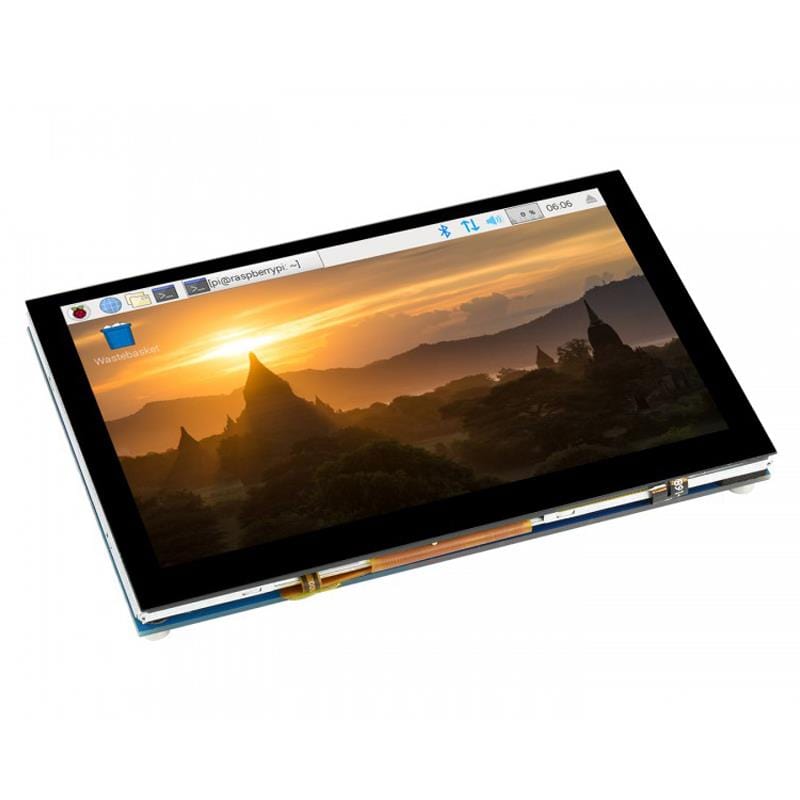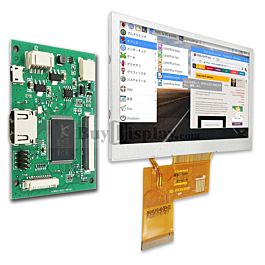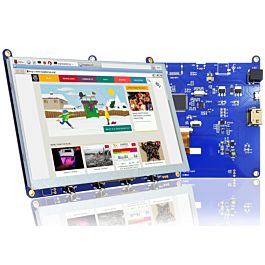jasonlodder
New Member
Has anyone gotten a web browser to respond swiftly on a Raspberry Pi Zero W / Raspberry Pi Zero 2 W? I'm attempting to run local leaflet maps on my PI's. They can currently host it, but I can't get it to display on a web browser with a fast enough refresh rate to be functional. The goal is to host and display a leaflet map on a Raspberry Pi outside in the field with a TFT screen attached.
I have some additional boards to test and combine if the above is not possible, which could perhaps be used as a driver board combined with the PI's?
Thank you
I have some additional boards to test and combine if the above is not possible, which could perhaps be used as a driver board combined with the PI's?
- Raspberry Pi 4 Model B (Not ideal as it is bulky and I am trying to keep cost / power consumption down)
- Raspberry Pi Pico
- ESP32
- ESP8266
- D1 Mini
- Arduino UNO
- Arduino Mega
- Arduino Nano
- Arduino Due
Thank you






